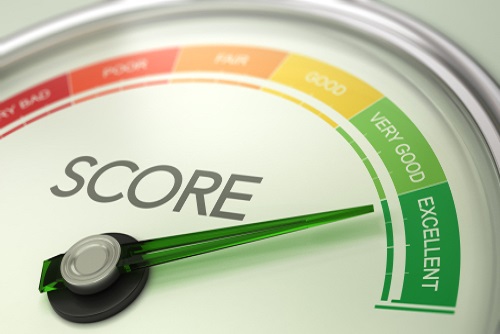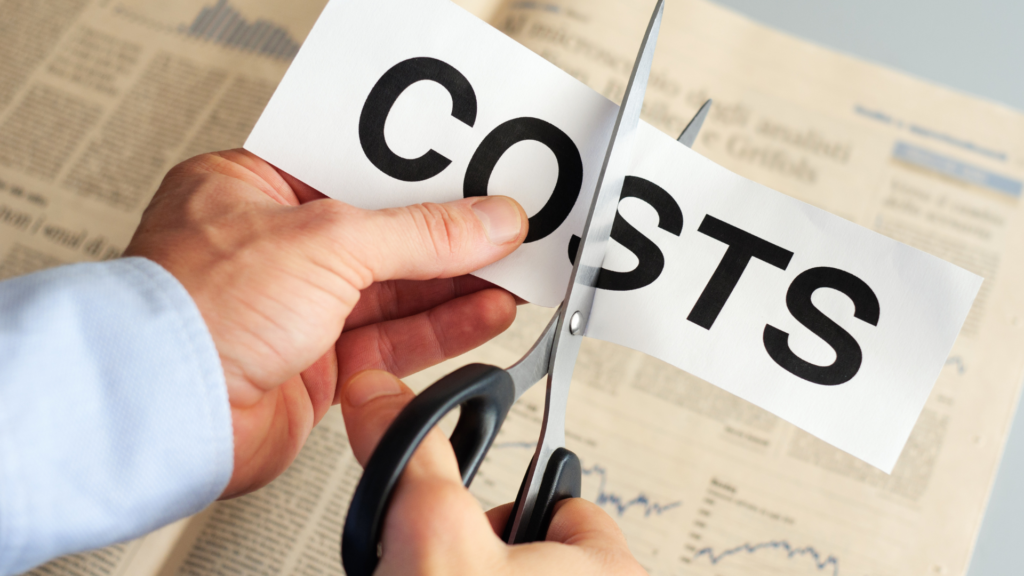Financial statements provide a clear picture of a business’s financial health, helping owners make informed decisions, attract investors, and comply with tax regulations. Preparing accurate financial statements is essential for tracking revenue, expenses, profits, and cash flow. The three key financial statements for a small business are the income statement, balance sheet, and cash flow …
Month: February 2025
Setting financial goals is essential for small businesses to achieve profitability, growth, and long-term stability. Without clear financial targets, businesses may struggle with budgeting, cash flow management, and strategic planning. Well-defined goals provide a roadmap for financial success and help business owners measure progress effectively. Define Specific and Measurable Goals Financial goals should be clear, …
A credit score is a crucial financial indicator that lenders use to assess the creditworthiness of individuals and businesses. While personal credit scores reflect an individual’s financial habits, business credit scores measure a company’s ability to manage debt and financial obligations. Understanding the differences between these two scores is essential for entrepreneurs who want to …
Tracking expenses is essential for small business owners to maintain financial stability, manage cash flow, and prepare for tax obligations. Without an efficient expense tracking system, businesses may struggle with budgeting, tax compliance, and profitability. Keeping accurate records helps business owners make informed financial decisions and avoid unnecessary costs. Use Accounting Software Investing in accounting …
Working capital serves as a principal financial metric that denotes a business entity’s short-term economic welfare and its ability to run its functions. This metric is defined as the difference in current assets like cash, accounts receivable, and inventory and current liabilities like accounts payable, short term debt, and other obligations due within a year. …
A small business can only survive in the long run with proactive financial management aimed at increasing profitability. One of the best ways to achieve this is improving customer satisfaction while simultaneously reducing spending, since cutting costs increases profitability. A healthy cash inflow allows for better resource allocation, and, therefore, strategic cuts to unnecessary spending …
Effective management of cash flow usually poses the greatest challenge for small scale business operators. The term cash flow refers to the inflow and outflow of cash within a business, and consistently positive cash flow facilitates a business to manage its day to day expenses, expand, and tackle unforeseen financial difficulties. A significant number of …
Taxes can be understood as some of the most burdensome responsibilities for a small business owner. Setting aside the right amount of money helps in the smooth running of the operations without incurring any unwanted financial hardship. The business structure, location, revenue and even the eligible deductions are some of the factors that determine how …
Splitting personal and business finances is important for maintaining precise business records, protecting legal interests, and operating a business efficiently. All too frequently, sole proprietors mix their personal expenditures with those of the business, creating confusion, tax complications, and possible legal difficulties. Setting precise boundaries around personal finance and business finance helps with optimum financial …
Keeping up with bookkeeping is a major part a small business owner has to do. With the right software, accounting can be automated, along with tracking expenses and generating reports. When searching for bookkeeping software, what a business needs, what it can afford, and how much automation is needed should all be considered. QuickBooks Online: …









